NO THE NEW MPC DOES NOT SOUND LIKE THE OLD ONES
But, its not technicallys Akai's fault... Its actually a "James Ting" Lets dive in..
NO THE NEW MPCs DONT SOUND ANYTHING LIKE THE OLD ONES!!!!!
Why? Well It’s a "James "Ting" - in Fakass JaFaikean accent
Let’s go super readers!!!
Sampling other people’s drums and sequencing with the MPC was a totally unexpected phenomenon. The machine was really meant to be a drummer with better sounds than Roland's sounds that were out.. He wanted to use Acoustic sounds for the drums use Wayback Machine to read this
Eventually, Roger Linn would see the opportunity in the idea of ONE person doing multiple things or EVERYTHING in the studio and designed centerpieces to sync them all. Having invented one of the FIRST drum machines with SMPTE the Lin9000. he was going to improve on all of its flaws plus really change the game. But not being an electrical engineer but a programmer his designs had crazy issues.... this is where Akai Electrik Co ltd. comes in. https://www.attackmagazine.com/.../roger-linn-swing.../
When Akai Released the MPC60II 5years AFTER the $5000 release of the MPC60 they ONLy added a headphone jack and a cheaper case.... Same price point.. $5000... in 1991 Equivalent to $11,212.33 today... https://www.bls.gov/data/inflation_calculator.htm
Thank GOD akai switched from a studio electronics company to a CONSUMER electronics company.. But did you ever wonder why? They left the audio market in 1991 actually .. they were actually purchased by a man named Mr. James Ting in 1992.https://www.forbes.com/global/1999/1115/034_01.html...
They had currently been working on the MPC3000 with Roger Linn, releasing that final collaboration in 1994 ending their relationship. Turns out one of the chairmen James Ting.. had a plan of his own. Seems he owed some people some money ..as he had been planning this WHOLE thing since the 80s.. after the market devaluation in 1997
He transferred Akai Holdings into Grande Holdings... stealing over $800 million in assets. https://www.scmp.com/.../hard-work-pays-vicious-akai...
Ultimately he was convicted, BUT Grande Holdings was actually the company that contracted ALL of aka is internal components..
So ever wonder why the MPC2000 is WAAAY different than the MPC3000?
As you can see... its a "James Ting"
Akai and Roger Linn weren’t doing well in the pro electronics market. Times were changing and they needed to produce cheaper products faster.. going years between thousand-dollar releases and having to service and manufacture designs was breaking thousands of electronics companies. Large and small
The smartest thing to do was to decrease production costs while satisfying the needs of a growing consumer market. And from 1992 to 1997 the company run by James Ting did exactly that.. with akai Reaching its peak in 1997 with sales of $5.2 billion..
So that’s Akai Electric Co Ltd
But in 1999 they actually formed APMI (Akai Professional Music Instruments Corporation)
Remember, different companies, different debts, suppliers, etc EVEn if it is the same staff.. They released the MPC1000
https://web.archive.org/.../www.../gagnon/about/index.html
And they REALLY started doing things differently. They made SOO many upgrades in software and compromises in hardware.
First, the unit is noticeably lighter...so you should know right then. some things have changed ...
They Added a looper similar to the Akai samplers.. They GOT rid of the Swing and added the internal effects unit folder management, chromatic sample assignment, 8 outs + SPDIF, and all SIMMS vs half SIMM and Akai.
https://web.archive.org/.../1997.../apr97/akaimcp2000.html
Remember, this is ALL part of product design, around a scheme and ANOTHER scheme..
One scheme is to 'flip' Akai after making it profitable, so the second is why would the new owner of the company (a thief) pay a royalty to a guy...
So this NEW entity, not the guys who worked with Roger Linn
CHanged the MPC entirely..
BUT THEN..
Here comes a COMPLETELY DIFFERENT company after the great theft of Numark ... They Purchase the distribution rights for APMI in 2004
Numark has done a PHENOMENAL job of giving us what we want and didn’t expect we needed..
We have ALL of the software features of EVERY MPC plus more..
We have swing _James Ting Tried to get rid of
We have had consumer-priced products at consistent price ranges.. since the 2000s...
For example, if Akai released the MPC at 2,400 in 1991, with inflation they should charge $5000 today.. But with tech innovations in silicon-based chips, they can still release software updates and products at CONSUMER-based pricing.
Just imagine if Solid State Logic came out with a MIDI production studio with SSL sound. Their FIRST consumer offering was at $10,000... JUST LIKE AKAI with adjusted inflation.
SO yea.. The sound is different guys...
it is..
Blame it on James Ting for not paying Roger Linn Because he was stealing from Akai Electric Co Ltd...
Buzz Goddard says that "the way parts are laid out on a circuit board is largely what determines a sound" SO James Ting Changed some things about the MPC circuit board layout to prevent paying Roger Linn..ultimately affecting the sound.
The quality of a sound engine doesn’t really determine the quality of the sound, but it’s the software you write. So James Ting changed the software to prevent paying Roger Linn as a part of his greater scheme
The New Akai has LITERALLY given us everything except VGA...
I think when it boils down to it, what Akai has done is give us a fully functional DAW without all the ‘bells and whistles’ of distraction that simply makes music.
We can get it for a relatively affordable price with upgrades coming every few months instead of every couple of years.
If it’s possible to create any sound you want inside of a DAW then its possible to do that with the newer MPCs and Akai Force line of products.
Consider it a pad controller connected directly to a DAW that you can add effects to or not, plug up your other synths, sequence workstation and mix and print on..
And they did ALL of that to stay afloat and keep serving this incredibly small niche market..
So dont blame Akai.
Its not an Akai ting..
It’s a James Ting.
OH yeah onee more ‘Ting’ Lets talk Roger Linn…
I used to be a big fan of paying Roger Linn what he was worthh… Hoewver..
Lets just look at some ‘tings’
1977-
Roger Linn developed his first software for programming drums based on BASIC AND the programming from intel8080 and a COMPAL-80 Both proprietary languages.
1979-
He develops and released the LM-1
Im not sure what programming architecture Akai used on the subsequent MPC’s , but the MPC’s designed by Roger Linn did NOT have any Windows, Menus, Interfaces or Pointers..
These were things that AKAI (APMI) added to the MPC 2000.. like wavform edit… which totally changed the game and the software..
So if they were still selling his versions of MPC’s in 2004 when Jack O'Donnell acquired the company,
They more than likely were still producing them with the older chips and software.. Which was already a strain on the insolvent company he purchased..
And those chips and software were written in a code that was NOT proprietary to Jack O’Donnell….. But were they proprietary to Roger Linn?
Or did he port them over from his previous projects to use while under employment at AKAI?
Those programs are written in BASIC and Intel 8080
So that means though the programming languages of BASIC and Intel 8080 are proprietary because of their wide usage they are not able to be copywritten.
Or else everyone (including Roger Linn) owes
Federico Faggin - Intel 8080
John Ge Kemeny - BASIC
Thomas E. Kurtz - BASIC
A royalty
So Im sure Roger Linn was fairly compensated for the products that he was contracted to and Like MOST OF US ARTISTS..
Signed a contract that was GREAT at the time and kept him able to work on his ideas but ultimately wasn’t the best business move for him OR AKAI in the future..
And lets be clear that contract was for SOFTWARE (cuz roland and Maschine and so many others would owe hm a check for a 16 square grid right?)
Then he would be able to seek royalty from more than just Akai…
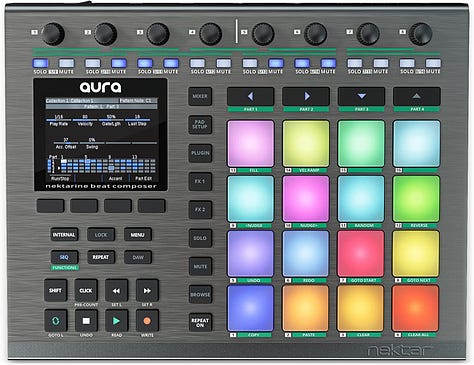
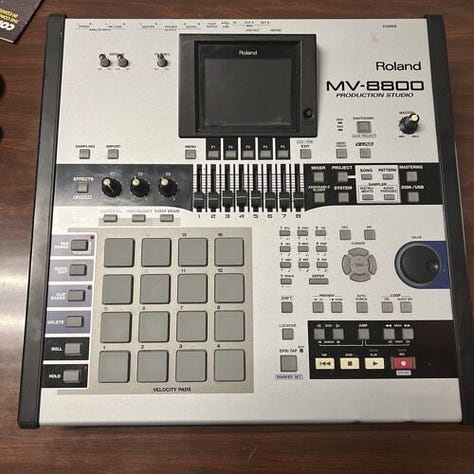
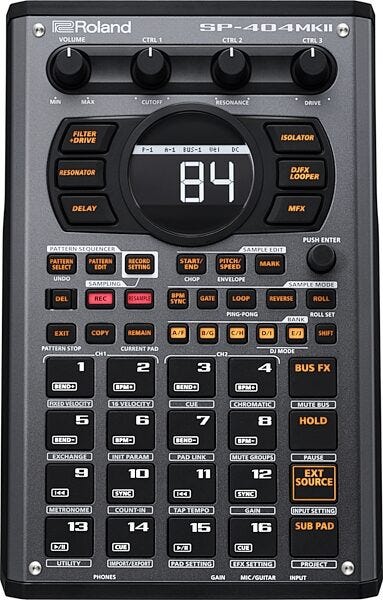
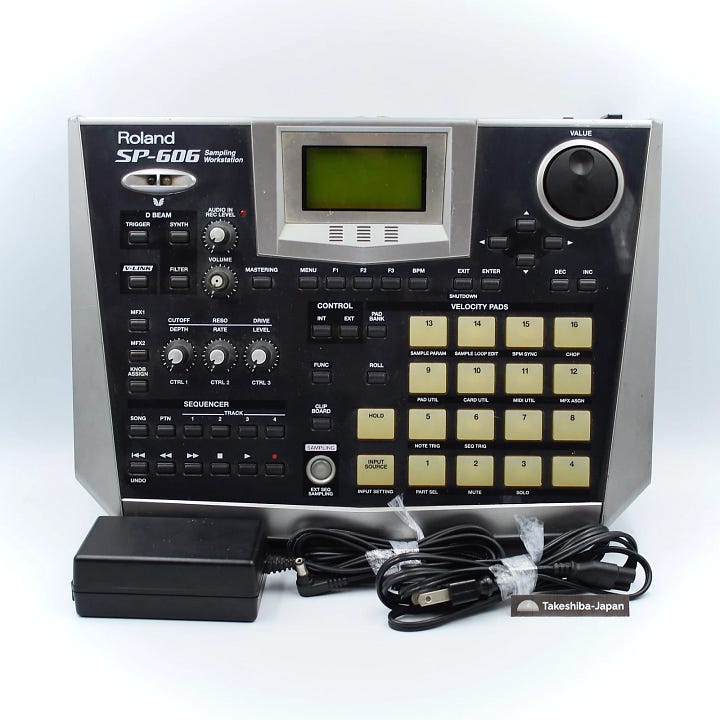
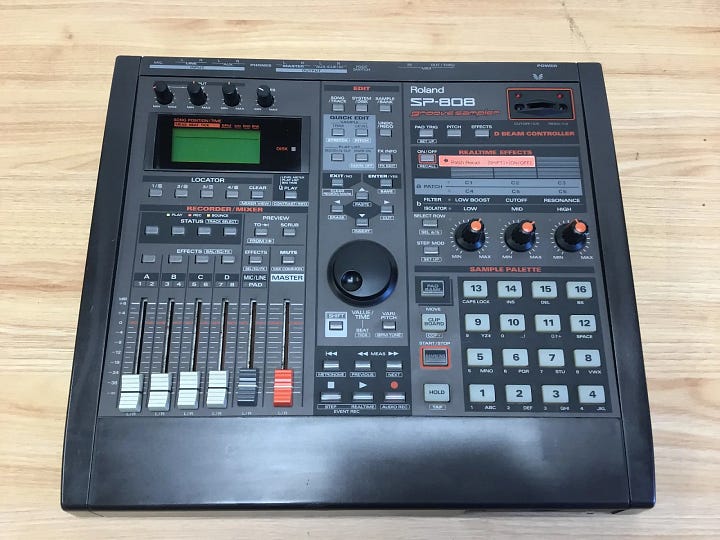
As soon as AKAI added the GUI (Windows, menus, folders, the programming changed.. That is what was proprietary..
They own that now..
his imprint lives on in the swing timing..
And unfortunately, he cannot copywrite or be paid a royalty for that..
Perhaps we can encourage Akai AND Roger Linn to satisfy the wants of the fans of their collaboration..
I believe that will get us further than Blaming Numark and Inmusic for a James Ting…





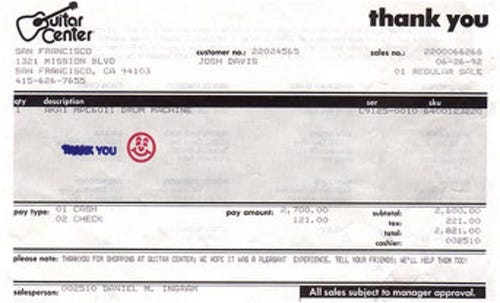
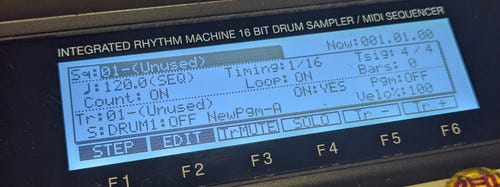
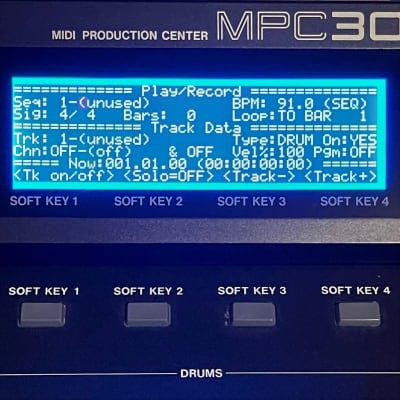
This article started as a facebook post.. I will update with official references and updated information as time progresses.
Really liked the article, came from a video on the current noise of the "sound of the MPC". I need to point out though, the COMPAL-80 was a computer, not a programming language. I'd call them a boutique computer manufacturer until the IBM PC came into the picture.
Remember, software is the idea which is brought to "life" when you use various programming languages, tools, etc. at your disposal. He doesn't owe Intel, Thomas E. Kurtz or John G. Kemeny royalties, he used the tools at the time to create his own original idea.
I'd have to pull the court/acquisition documents (if they are in the public record) to see what was bought in that mass-sale.